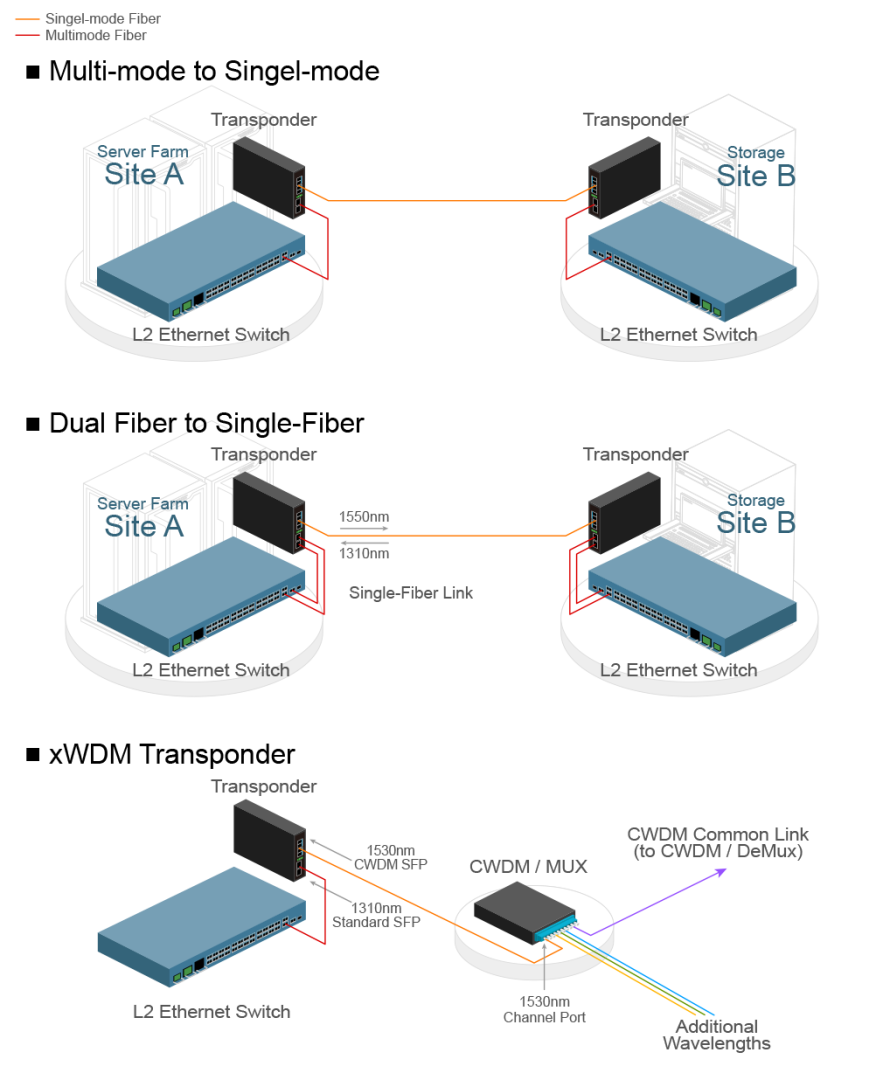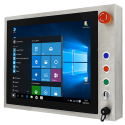
When deploying a network, whether for a telecom operator or an enterprise, there are often challenges to overcome. One common challenge is extending the network's reach to cover the desired distance. Another challenge is the need to convert between different types of fiber and equipment with minimal effort and disruption.
To address these challenges, network conversions are typically required in the following situations:
Equipment Compatibility: Sometimes, the equipment is equipped with multi-mode (MM) ports, but connectivity is needed with single-mode (SM) equipment. In such cases, conversion methods are necessary to ensure compatibility between the different types of equipment.
Fiber Limitations: Networks may exceed the distance limitations of multi-mode fiber, which is generally suitable for shorter distances. In such scenarios, conversion techniques are needed to enable the network to reach longer distances using single-mode fiber, which has greater range.
Single Fiber Connectivity: Equipment might be equipped with dual fiber ports, but there is a requirement to connect with remote equipment using only a single fiber. Network conversion methods can be employed to enable single-fiber connectivity and optimize resource utilization.
Wavelength Conversion: In some instances, equipment needs to transport data between different wavelengths. This can be achieved through wavelength conversion techniques, which allow for seamless communication between equipment operating on different wavelengths.
Overall, network conversions play a crucial role in overcoming various challenges encountered during network deployment, ensuring compatibility, extending reach, optimizing resources, and enabling efficient data transmission.


